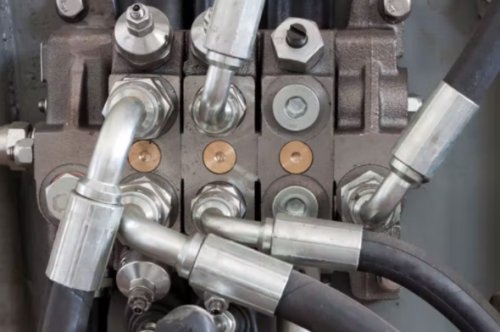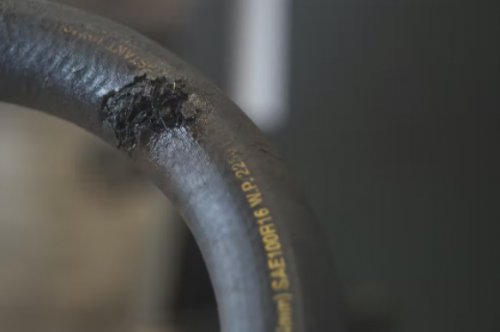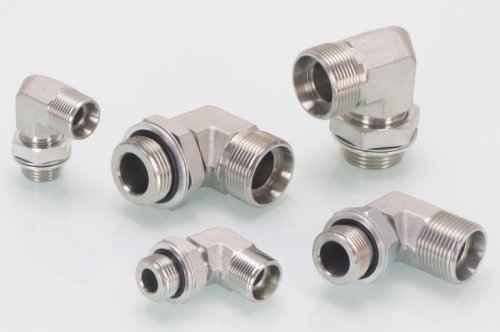Choose the Right Hose for Your Application
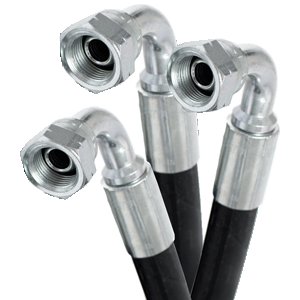
THE HELPFUL TOOL FOR CHOOSING HOSE
Since 1969, Mid-State has been in the business of supplying hose products for industries as well as manufacturing hose assemblies for our customers specific applications. The best way we have found to identify the best hose for a specific application is by using the industry-accepted acronym, S.T.A.M.P.E.D. It stands for: Size, Temperature, Application, Material, Pressure, Ends and Delivery. When using the method of identification, it is critical that the questions posed by S.T.A.M.P.E.D. are answered completely and accurately. If so, you will have identified the correct hose for your application. To properly use the S.T.A.M.P.E.D. method, Mid-State has posted a tool that follows the S.T.A.M.P.E.D. methodology. To correctly identify the best hose for your application, use the attached tool as a checklist in answering all of the questions posed by S.T.A.M.P.E.D.
TEMPERATURE
Temperature is another key factor in hose selection. This includes the minimum and maximum temperature of the media flowing through the hose and the surrounding environment. Heat buildup or spikes not only drastically reduce the operating pressure of standard rubber hoses, but this heat can also shorten hose-life and lead to dangerous failures. Extreme cold temperatures on the other hand may lead to rubber hoses drying, cracking, and ultimately failing. This process can even increase when hoses are exposed to cold temperatures and UV exposure simultaneously, typically in outdoor conditions. Mid-State offers hoses designed for extreme heat and cold, and can help your select the most suitable hose for your conditions.
APPLICATION
In our 50+ years of experience we've seen more hose failures related to application than any other cause. There are so many factors to consider that it can sometimes be difficult to select a hose that perfectly suits custom equipment designs. This factor is the primary reason we chose to design and manufacture custom hose-end connections, which help our customers achieve more suitable routing, installation, and hose performance conditions in tough spots.
So, what aspects should you consider? The first step is to ask yourself where your hose will be used. Will your hose operate in an outdoor environment, exposed to intense UV and sunlight? Perhaps your hose will be placed on mobile hydraulic equipment, where there is an increased chance or snaring or tugging on nearby rocks, limbs, or debris.? Will your hose operate in close proximity to hazardous chemicals? Does your hose operate near electrical lines, or will electrical conductivity be necessary? External abrasion, hose rubbing, pressure impulses, flexibility, end-selection, and operating environment are but a few of the factors to consider regarding application. As mentioned earlier, there are so may factors to consider that we often perform on-site equipment audits when starting business with new clients, to ensure we provide the most appropriate assemblies for our customer's unique circumstances.

Temperature
Ensure your hose can handle hot or cold, temperature spikes, and meets pressure requirements when exposed to maximum heat.

Pressure
Any hose assembly is only as good as its end-connections. Always base your assembly on terminal thread pressure ratings.

Delivery
Packaging requirements, labeling, testing, and certifications may affect lead time.
HOSE CONDITIONS
APPLICATION. MEDIA. PRESSURE. ENDS. DELIVERY.
MEDIA
What flows through the hose may also dictate your selection. The inner tube, outer cover, hose-end fittings, and auxiliary connections must all be compatible with whatever material is conveyed through the assembly. Media compatibility is necessary in order to avoid hose blockage, permeation, or assembly failure. Luckily a wide variety of hydraulic compounds exist that are suitable to carry steam, bulk materials, fuel, oil, air, water, chemicals, and more.
PRESSURE
Understanding the pressure requirements of your hydraulic system is also crucial to proper hose selection. You'll need to know the maximum operating pressure, frequency of pressure spikes, and whether or not the media your hose conveys alters the hose's pressure specification. The hose-fittings and auxiliary adapters used in your assemblies may have a different pressure rating than your hose as well, which drops the maximum operating pressure of your complete assembly to that of the lowest rated component.
ENDS
Not only does the pressure rating of your chosen hose-ends affect the complete assembly, but proper thread selection can prevent leaks and improve the ease of routing and installation. The orientation of bent hose-ends can also make a difference in hose performance and life-expectancy, and the material chosen must be compatible with the media conveyed. Hose-end connections and adapters are most readily available in carbon steel, brass, stainless steel, iron, and aluminum.
DELIVERY
More than just a delivery date and ship-to address, delivery considerations should also be made in regards to packaging requirements, label requirements, certifications, and testing requirements. These factors can affect a manufacturer's ability to ship quickly in some circumstances. Certain tests and certifications may take anywhere from a day to to several weeks to complete, and the intricacy of your specific packaging requirements may add lead time as well.
PUTTING IT ALL TOGETHER
Considering each attribute of NEEDFITTING can help ensure you receive assemblies designed to handle your specific application and achieve maximum life-expectancy. That said, we recommend regular audits of your assemblies once in use to inspect for potential issues such as damage, seepage, leaking, or external abrasion. If you need help selecting the right hose for your application, feel free to download our NEEDFITTING form below, or contact us today!
 中文
中文
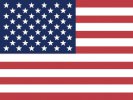 English
English


